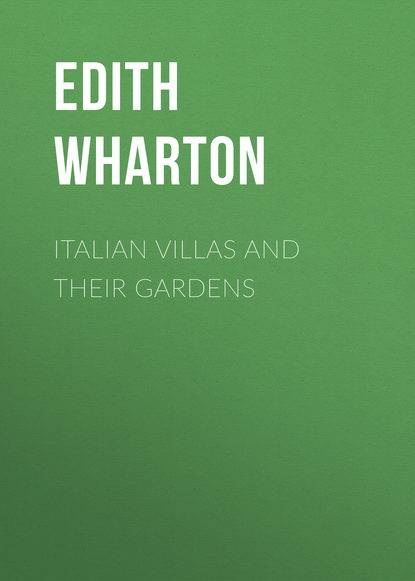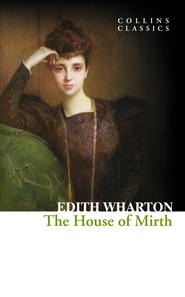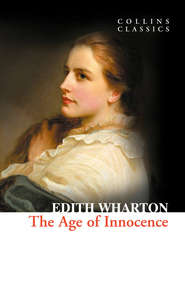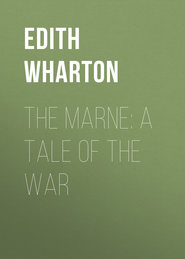По всем вопросам обращайтесь на: info@litportal.ru
(©) 2003-2024.
✖
Italian Villas and Their Gardens
Настройки чтения
Размер шрифта
Высота строк
Поля
Bramante was born at Urbino, but executed all his early work in Milan, producing the church of S. Maria delle Grazie, the Ospedale Maggiore, and the sacristy of San Satiro, which he not only built, but decorated internally. In Lombardy the early Renaissance of building is called the Bramantesque style. Bramante’s works in Rome are: the Tempietto of San Pietro in Montorio, the palace of the Cancelleria, a part of the Vatican, and a part of the Palazzo di San Biagio.
BROWN (LANCELOT)
1715-1783
Lancelot Brown, known as “Capability Brown,” a native of Northumberland, began his career in a kitchen-garden, but, though without artistic training and unable to draw, he became for a time a popular designer of landscape-gardens. He was appointed Royal Gardener at Hampton Court, and laid out the lake at Blenheim. He was considered to excel in water-gardens.
BUONTALENTI (BERNARDO TIMANTE)
1536-1608
Buontalenti, one of the leading Florentine architects of the sixteenth century, was also distinguished as a sculptor and painter. He built the villa of Pratolino and carried on the planning of the Boboli garden. His other works in Florence are: the façades of the Palazzi Strozzi and Riccardi, the Palazzo Acciajuoli (now Corsini), the corridor leading from the Uffizi to the Pitti Palace, and the casino behind San Marco. At Siena, Buontalenti built the Palazzo Reale, and at Pisa, the Loggia de’ Banchi.
CAMPORESI (PIETRO)
B. –, d. 1781
Camporesi, a Roman architect, is mentioned as working with “Moore of Rome” on the grounds of the Villa Borghese.
CARLONE
Several brothers of this name lived in Genoa between 1550 and 1650. They were known as sculptors, painters and gilders, and workers in stucco. The beautiful ceiling of the church of the Santissima Annunziata in Genoa is known to be by one of the Carloni.
CASTELLI (CARLO)
XVII Century
Castelli, who completed the façade of Santa Maria alla Porta, in Milan, was an architect of the school of Maderna. With Crivelli he laid out the gardens of the Isola Bella, near Como.
CASTELLO (GIOVANNI BATTISTA)
CALLED IL BERGAMASCO
1509-1579
Giovanni Castello of Bergamo was a pupil of Alessi’s and distinguished himself in fresco-painting and sculpture. In Genoa he remodelled the Palazzo Pallavicini (now Cataldi) and built the Palazzo Imperiali. Soprani (“Vite de’ Pittori, Scultori ed Architetti Genovesi”) says that Il Bergamasco was court-architect to Philip II of Spain and worked on the Escorial. Bryan, in his Dictionary of Painters and Engravers, states that Il Bergamasco was employed on the Prado by Charles V, while his son worked for Philip II.
CRIVELLI
XVII Century
This landscape-gardener worked with Carlo Castelli on the grounds of the Isola Bella, near Como.
FERRI (ANTONIO)
XVII Century
Ferri, a Florentine architect, built the Villa Corsini near Florence, and remodelled the Palazzo Corsini on the Lungarno.
FONTANA (CARLO)
1634-1714
Fontana, one of the most versatile and accomplished architects of his day, was born at Bruciato, near Milan. He was called to Rome as architect of St. Peter’s, and collaborated with Bernini on several occasions. In Rome he built the palace of Monte Citorio, the façade of San Marcello, and the Palazzo Torlonia. As a villa-architect his most famous creation is the Garden Palace of Prince Liechtenstein in Vienna. He built the palace on the Isola Bella, and the Villa Chigi, at Cetinale, near Siena, is also attributed to him. He was the author of works on the Vatican and on the antiquities of Rome.
FONTANA (GIOVANNI)
1546-1614
Giovanni Fontana, of Melide, near Lugano, excelled in everything relating to hydraulic work. At the Villa Borghese in Rome, and in the principal villas at Frascati (Aldobrandini, Taverna, Mondragone), he introduced original designs for the waterworks. In Rome he built the Palazzi Giustiniani and de’ Gori, and made the design for the Fontana dell’ Acqua Paola, though he did not live to carry it out.
FRIGIMELICA (COUNT GIROLAMO)
XVIII Century
Count Frigimelica, an accomplished Venetian nobleman, built the church of S. Gaetano at Vicenza, and collaborated with Prati in the construction of the Villa Pisani at Strà.
JUVARA (FILIPPO)
1685-1735
Juvara, the most original and interesting Italian architect of the eighteenth century, was a pupil of Carlo Fontana’s. His most important work is the church of the Superga near Turin, and his principal buildings are found in or near Turin: among them being the hunting-lodge of Stupinigi and the churches of Santa Cristina and Santa Maria in Carmine. The church of San Filippo in Turin was rebuilt by Juvara, and the royal villa at Rivoli, as well as other villas in the environs of Turin, show his hand. He remodelled the Palazzo Madama in Rome; at Lucca he finished the Palazzo Reale; at Mantua the dome on the church of S. Andrea is by him, and in Lisbon and Madrid, respectively, he built the royal palaces.
LE NÔTRE (ANDRÉ)
1613-1700
Le Nôtre, the greatest of French landscape-gardeners, first studied painting under Simon Vouet, together with Mignard, Lebrun and Lesueur, then succeeded his father as superintendent of the royal gardens. Among his great works are the gardens at Vaux-le-Vicomte, at Sceaux, at Chantilly, and the cascades and park at Saint-Cloud. The park of Versailles, the gardens of the Trianon, of Clagny and of Marly, are considered his masterpieces. When he visited Italy he remodelled the grounds of the Villa Ludovisi. He was frequently consulted by the Elector of Brandenburg and other notable foreigners.
LIGORIO (PIRRO)
1493-1580
Ligorio, the Neapolitan architect, was also distinguished as antiquary, sculptor and engineer; he worked much in sgraffiti. He built the beautiful Villa Pia in the Vatican gardens, and the Villa d’Este at Tivoli, and made additions to the Vatican. The Library in Turin possesses his numerous manuscripts, some of which have been published. His best-known works are “An Attempt to Restore Ancient Rome” and “The Restoration of Hadrian’s Villa,” the plates for which were engraved on copper by Francesco Contini in 1751.
LIPPI (ANNIBALE)
B. –, d. 1581
Lippi is generally said to have been the son of Nanni di Baccio Bigio, the architect and sculptor, though some biographers declare them to have been the same person. Assuming Lippi to have had a separate identity, only two of his works are known: the church of S. Maria di Loreto, near Spoleto, and the Villa Medici in Rome. His fame rests on the latter, which became the model of the Roman maison de plaisance.
LONGHENA (BALDASSARE)
1604-1682
Longhena, the most distinguished architect of the late Renaissance in Venetia, gave all his time and work to his native city. Among the buildings he erected there are: S. Maria della Salute, S. Maria al Scalzi, the Ospedaletto, the cloister and staircase in San Giorgio Maggiore, the Palazzo Pesaro, and the Palazzo Rezzonico (now Zelinsky).
LUNGHI OR LONGHI (MARTINO) THE ELDER










